Ghost Towns in Oregon
Ghost towns are towns that were once booming, but have since faded into obscurity. Common reasons for their demise include a lack of lumber or gold in the area after a boom, illness, or roads that make the town defunct. Because of Oregon's lush forests and plentiful gold and precious metal deposits, Oregon is full of ghost towns.
A story map by Jillian Pihulak
Friend
Friend, Oregon was once a station on the Great Southern Railroad, which was a 41 mile railroad stretching south of the Dalles that sits on the Colombia River. It was named for the homesteader George J. Friend. Rumor has it that, after most of the inhabitants had left following the closing of the railroad, a resident of the town bought the land and burned the structures to the ground to clear the farmland. All that remains of the town are the Friendly Store, an old bank vault in the middle of a field, the old schoolhouse, and remnants of train trestles from the Great Southern Railroad.

Bridal Veil
The former lumber town of Bridal Veil was established in 1880 during a logging boom. It was given its name by a passing motorist who noticed that nearby Bridal Veil Falls looked like a "delicate, misty bride's veil." The first post office was opened around 1886 and a railroad established a small station in the town. Today it remains a geographical area, but very few people and no original buildings still stand. The cemetery is the only remnant of the town.
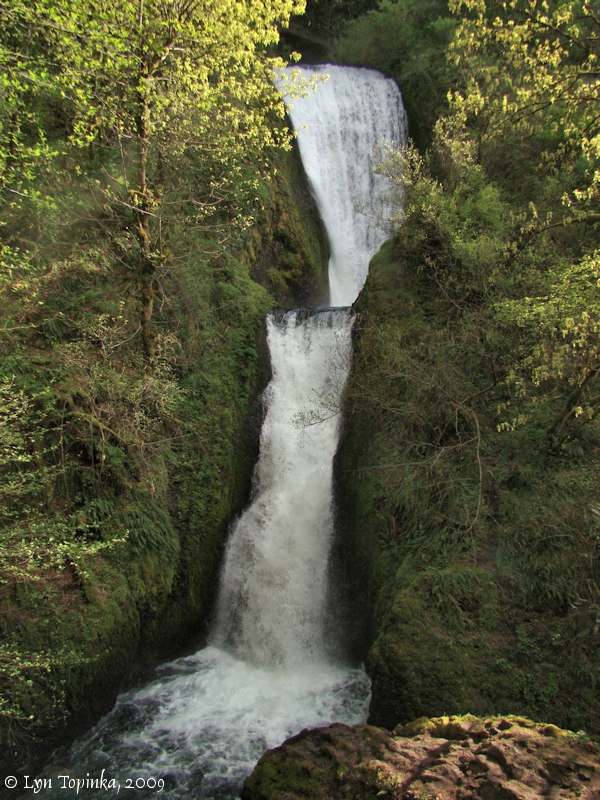
Buncom
Buncom lies to the southwest of Medford in southern Oregon. It was first settled in 1852 after the discovery of gold near Jacksonville. The name is thought to come from the way many Chinese settlers in the area pronounced a white settlers name. However, in 1918 the post office that was established just 22 years earlier as the gold ran out. Many of the remaining settlers moved to Jacksonville and Medford nearby. Few old houses and the post office still stand.
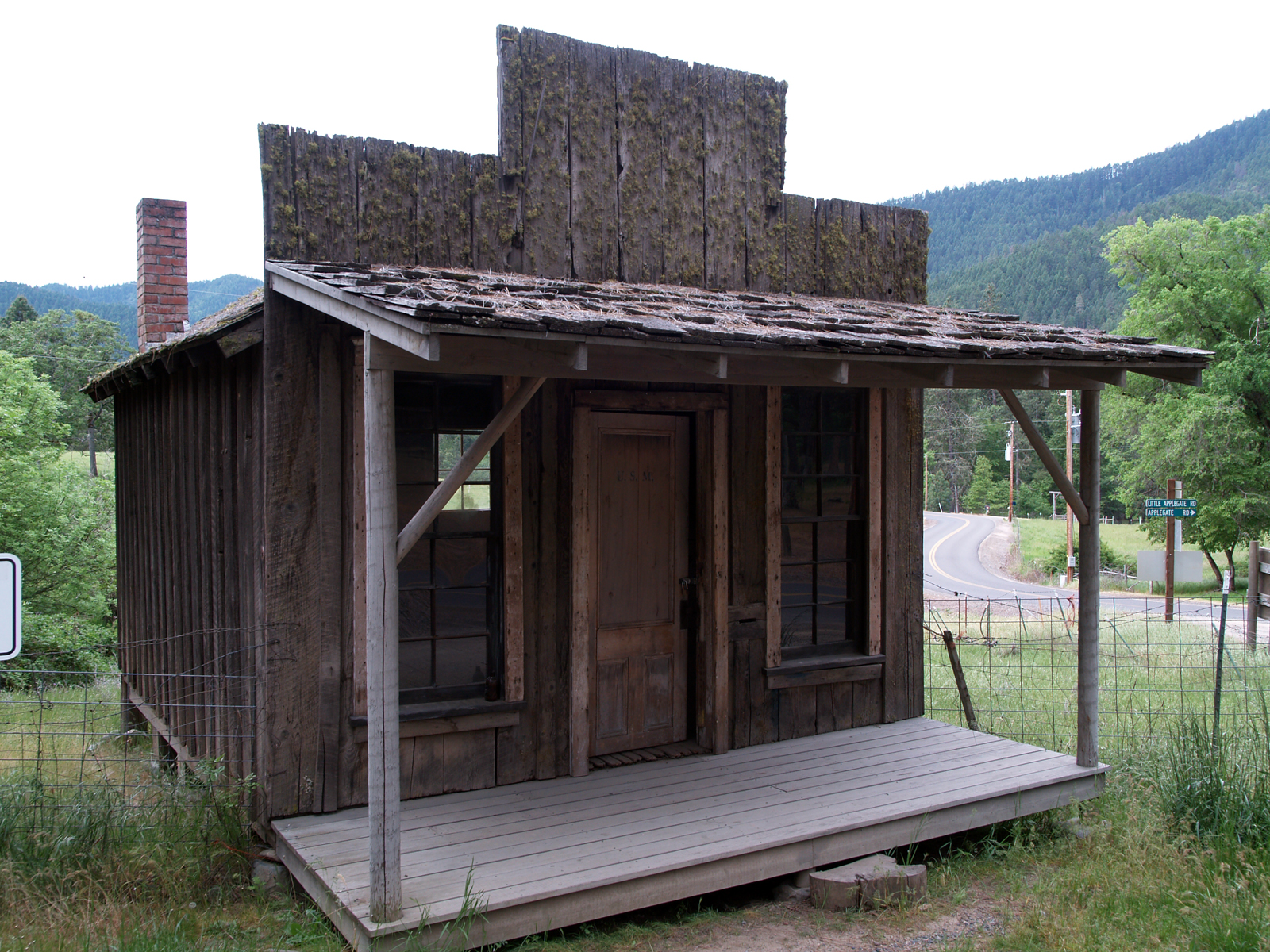
Narrows
The ghost town of Narrows sits just south of Burns in southeastern Oregon. It was named for its geographical location between two lakes, Malheur containing freshwater and Harney which is undrinkable. One of its first settlers, Charles A. Haines, hoped to establish a cattle ranch between the two lakes and built his house there. It became a popular resting place between Burns to the north and Frenchglen to the south. However, when the road between the two was paved, travelers no longer found it necessary to stop in Narrows, and the town's population declined. The demise was finalized when the town hotel burned to the ground.
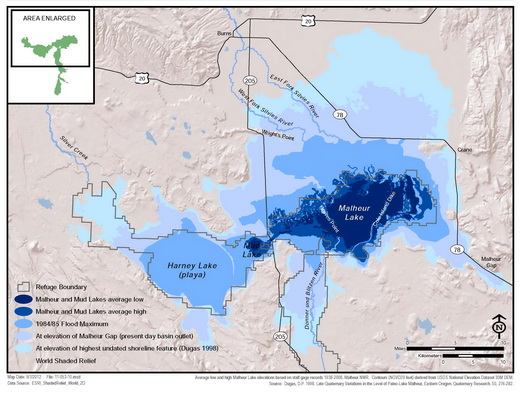
New Era
New Era is a ghost town in western Clackamas County, a surprisingly urban setting for a ghost town. The ghost town sits between current day Oregon City and Canby, which are both active towns with 36,000 and 17,500 people respectively. A post office was established in the area in the 1850s, however the origin of the name "New Era" is unclear. Many sources incorrectly cite the New Era Spiritualist Camp established in 1873, but the religious group came after the name of the town. Settlers were drawn to the town because of the abundance of water due to numerous streams in the area which allowed for industrial growth. To add to the mystery of its origins, its decline is just as nebulous; the post office closed in 1940 without reason (according to sources).
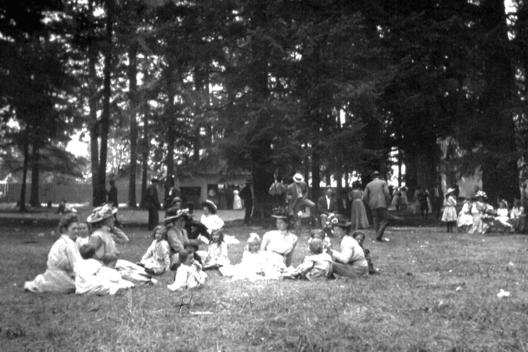
Peak
Peak is a ghost town near Marys Peak in Benton County. White settlers came to the area and established the community in 1898 with a post office, a school, a church, and cedar shingle mill that provided income for the community. The post office closed down in 1917 after the construction of a highway from Corvallis to Newport that bypassed the town. Now, only a cemetery with 12 graves survives.

Bohemia City
Bohemia City was a mining town in the southern Cascade Range. A Czech immigrant James "Bohemia" Johnson, the namesake of the town, discovered gold in the area in 1863. The settlement of Bohemia City and a gold mine were established in 1886. The now ghost town is situated in the middle of the Bohemia Mining District, the most productive mining area in the Western Cascades. Currently, a few buildings and dilapidated mining equipment remain.
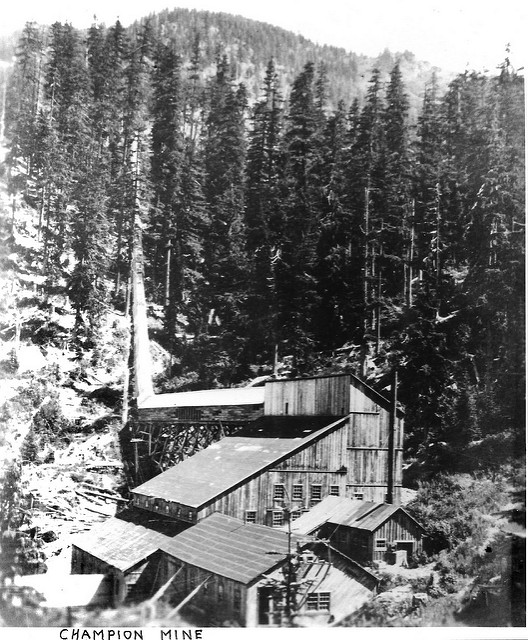
Credits
Credit where credit is due.
- Story map content by Jillian Pihulak
- Bo Zhao - Story Map Template
- Mapbox for the original map that has been styled.
- Google Fonts
- Image Credit can be found by clicking on the image.
- Social Plugins: Google, Twitter, and Facebook
- Leaflet
- ERSI - Favicon